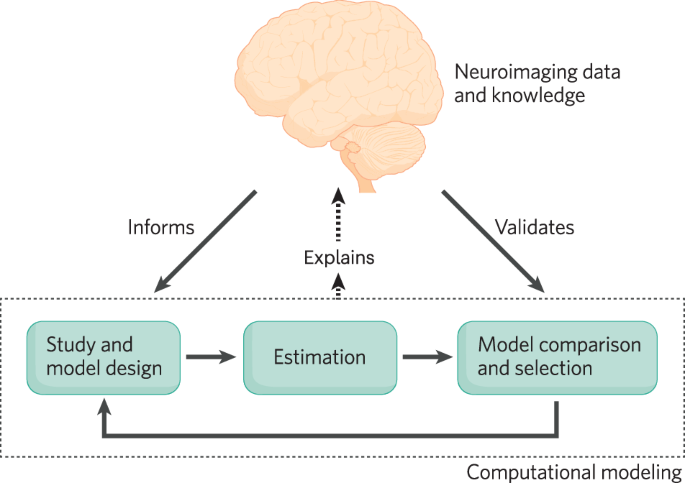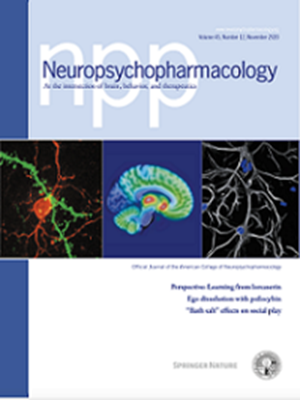重新审视计算神经成像在综合神经科学时代的作用。
IF 6.6
1区 医学
Q1 NEUROSCIENCES
引用次数: 0
摘要
计算模型已成为人类神经成像研究不可或缺的一部分,它为人类认知和行为提供了机理见解和预测工具。然而,人们对基于实验室的神经成像研究的生态学有效性及其时空分辨率是否不足以捕捉神经动态的担忧依然存在。本综述旨在重新审视计算神经成像的实用性,特别是考虑到替代神经科学方法的重要性日益突出,以及人们越来越重视更自然的行为和范例。具体来说,我们将探索计算建模如何增强高维成像数据集的分析,反之,神经成像如何与其他数据模式相结合,通过神经生物学的合理性为计算模型提供信息。总之,这些证据表明,神经成像对于人类神经科学研究仍然至关重要,而且在计算模型的强化下,成像可以在连接分析和理解水平方面发挥重要作用。最后,我们提出了未来研究的主要方向,强调标准化范例的开发和计算模型在神经成像技术中的综合应用。本文章由计算机程序翻译,如有差异,请以英文原文为准。


Revisiting the role of computational neuroimaging in the era of integrative neuroscience
Computational models have become integral to human neuroimaging research, providing both mechanistic insights and predictive tools for human cognition and behavior. However, concerns persist regarding the ecological validity of lab-based neuroimaging studies and whether their spatiotemporal resolution is not sufficient for capturing neural dynamics. This review aims to re-examine the utility of computational neuroimaging, particularly in light of the growing prominence of alternative neuroscientific methods and the growing emphasis on more naturalistic behaviors and paradigms. Specifically, we will explore how computational modeling can both enhance the analysis of high-dimensional imaging datasets and, conversely, how neuroimaging, in conjunction with other data modalities, can inform computational models through the lens of neurobiological plausibility. Collectively, this evidence suggests that neuroimaging remains critical for human neuroscience research, and when enhanced by computational models, imaging can serve an important role in bridging levels of analysis and understanding. We conclude by proposing key directions for future research, emphasizing the development of standardized paradigms and the integrative use of computational modeling across neuroimaging techniques.
求助全文
通过发布文献求助,成功后即可免费获取论文全文。
去求助
来源期刊

Neuropsychopharmacology
医学-精神病学
CiteScore
15.00
自引率
2.60%
发文量
240
审稿时长
2 months
期刊介绍:
Neuropsychopharmacology is a reputable international scientific journal that serves as the official publication of the American College of Neuropsychopharmacology (ACNP). The journal's primary focus is on research that enhances our knowledge of the brain and behavior, with a particular emphasis on the molecular, cellular, physiological, and psychological aspects of substances that affect the central nervous system (CNS). It also aims to identify new molecular targets for the development of future drugs.
The journal prioritizes original research reports, but it also welcomes mini-reviews and perspectives, which are often solicited by the editorial office. These types of articles provide valuable insights and syntheses of current research trends and future directions in the field of neuroscience and pharmacology.
 求助内容:
求助内容: 应助结果提醒方式:
应助结果提醒方式:


